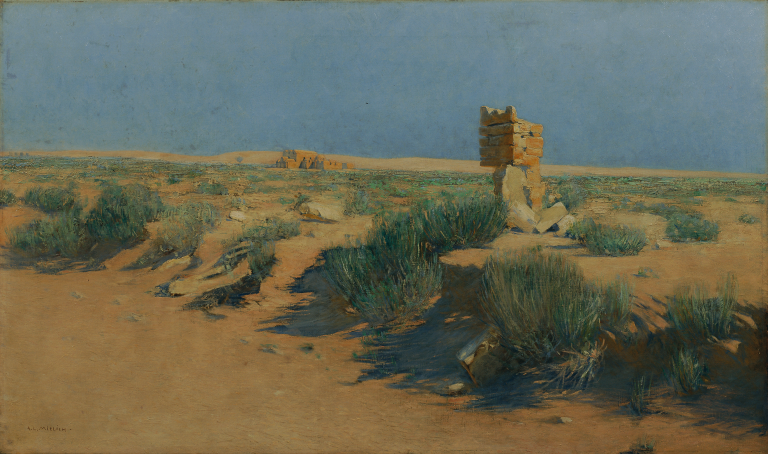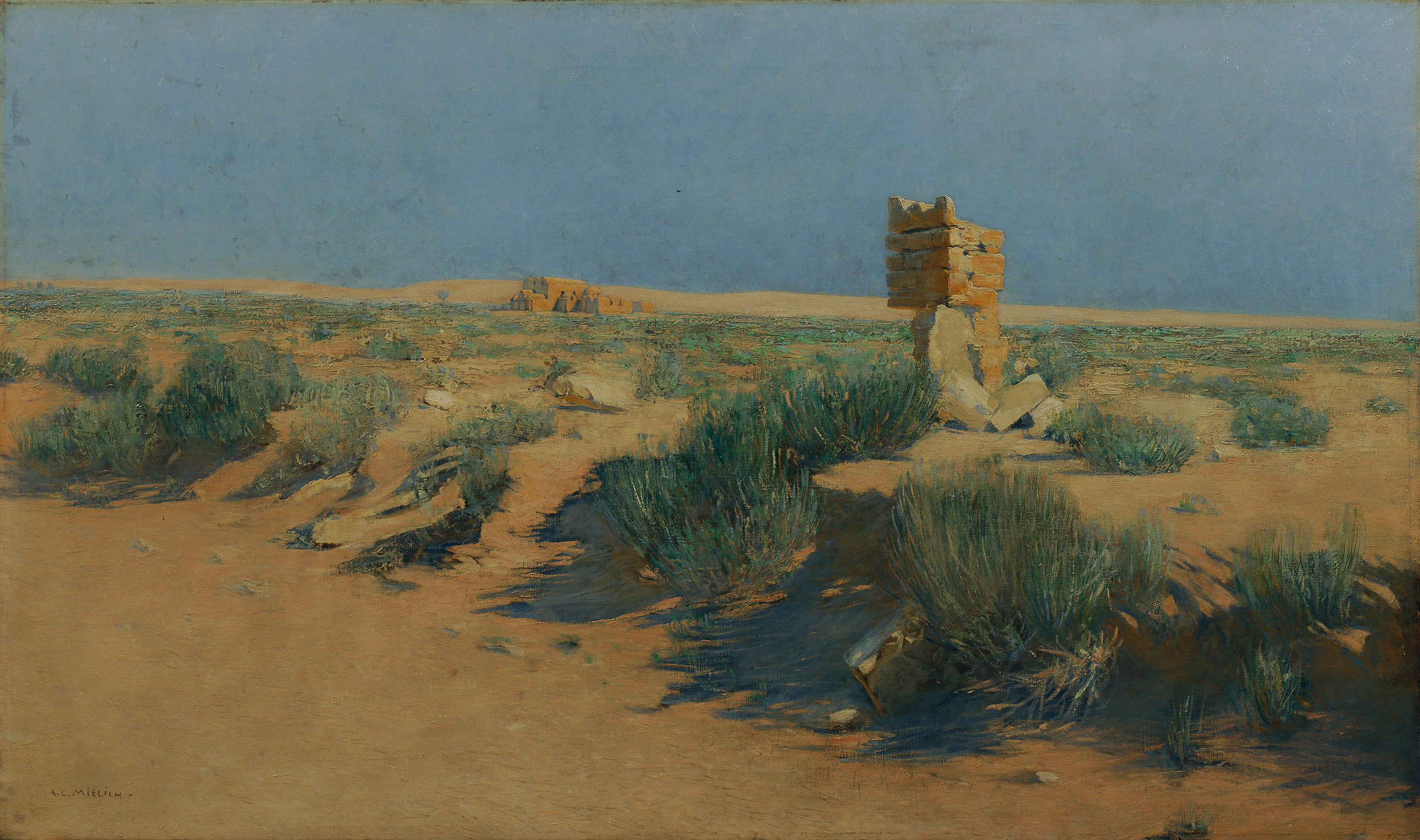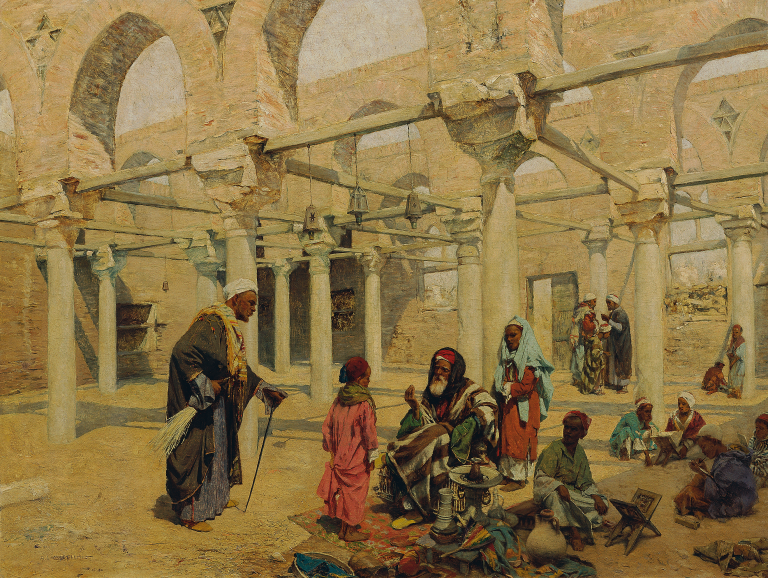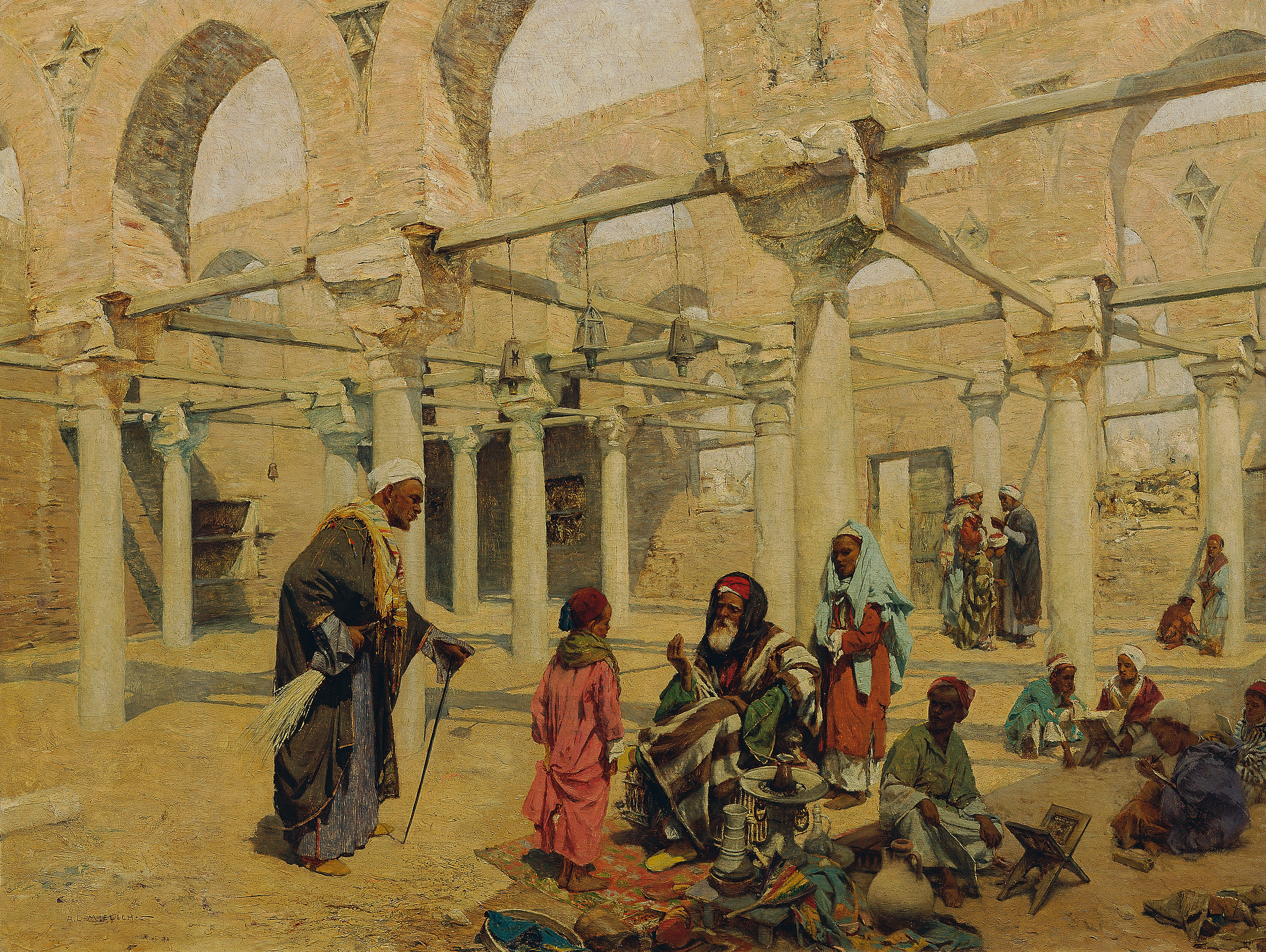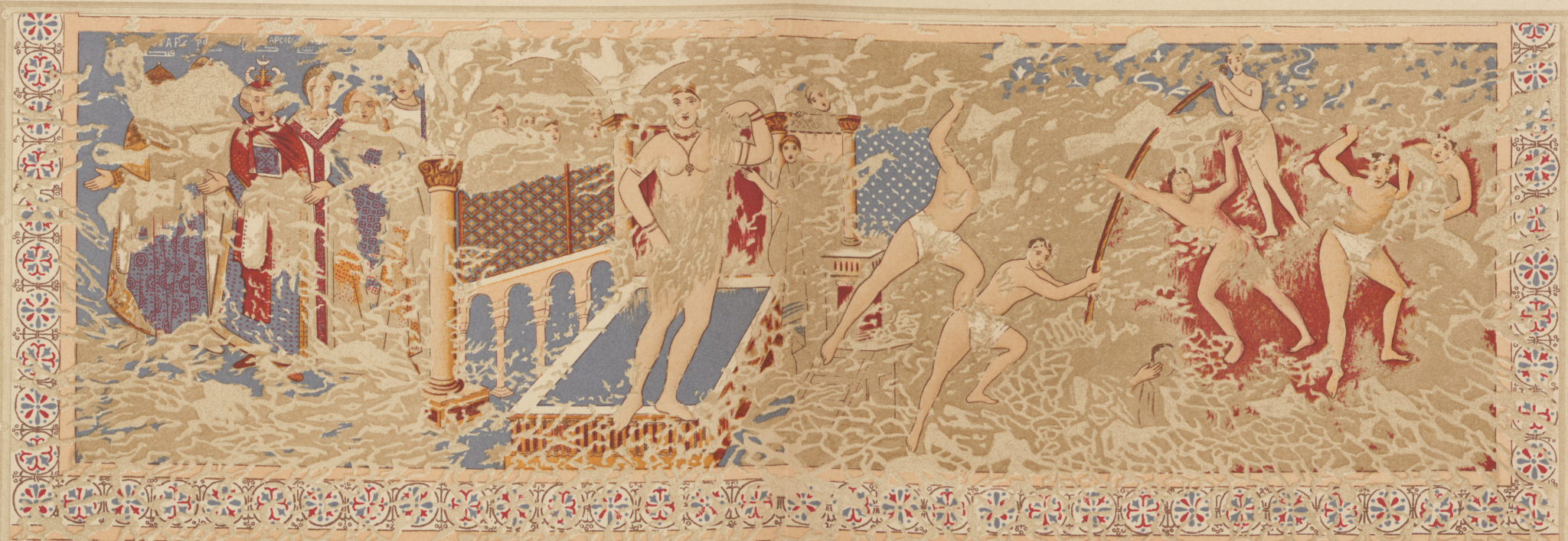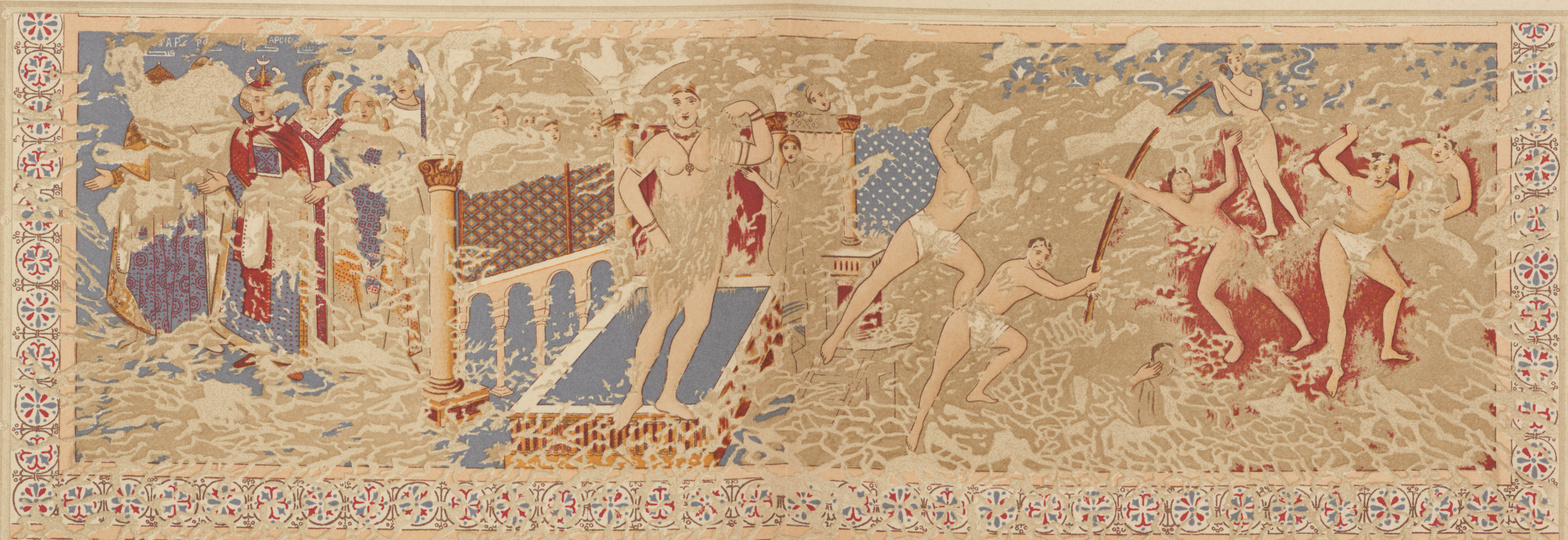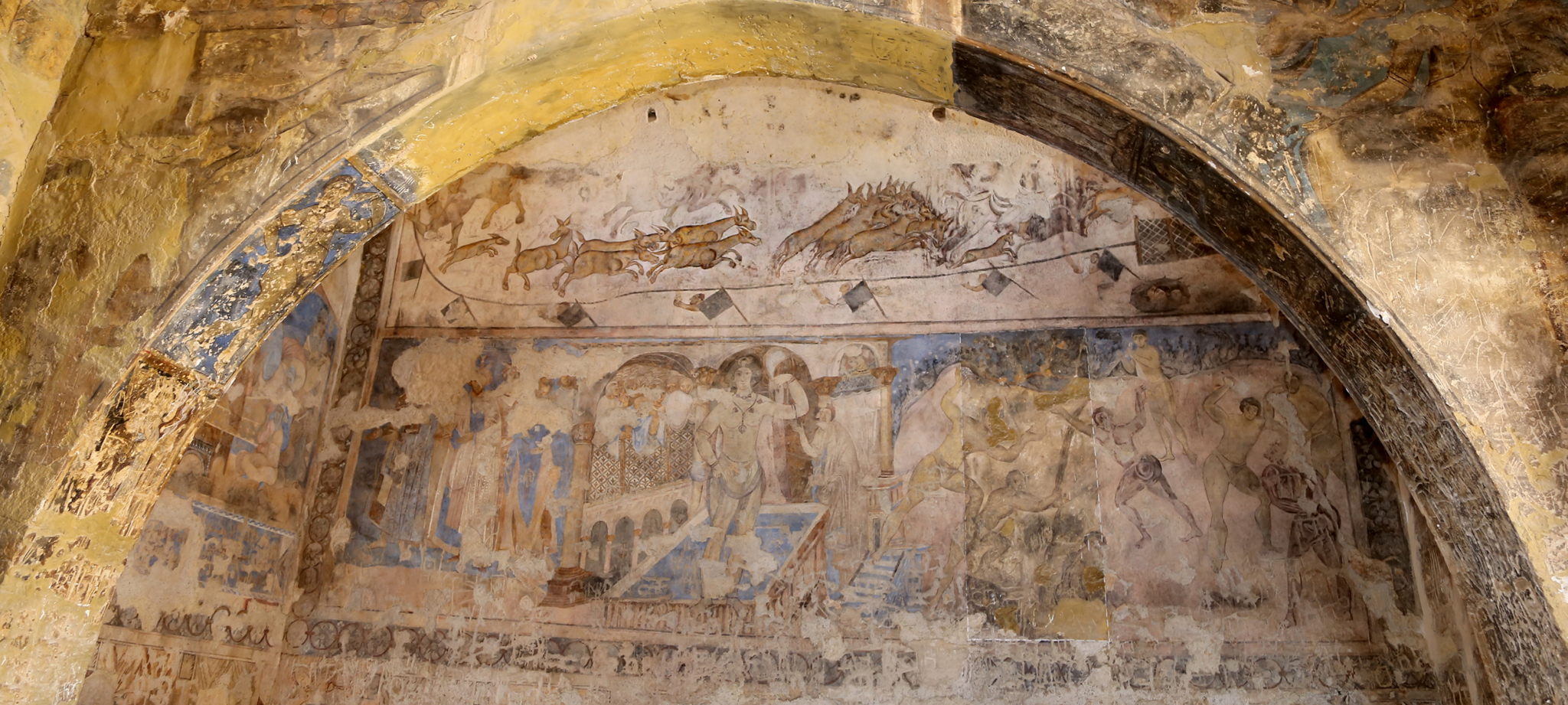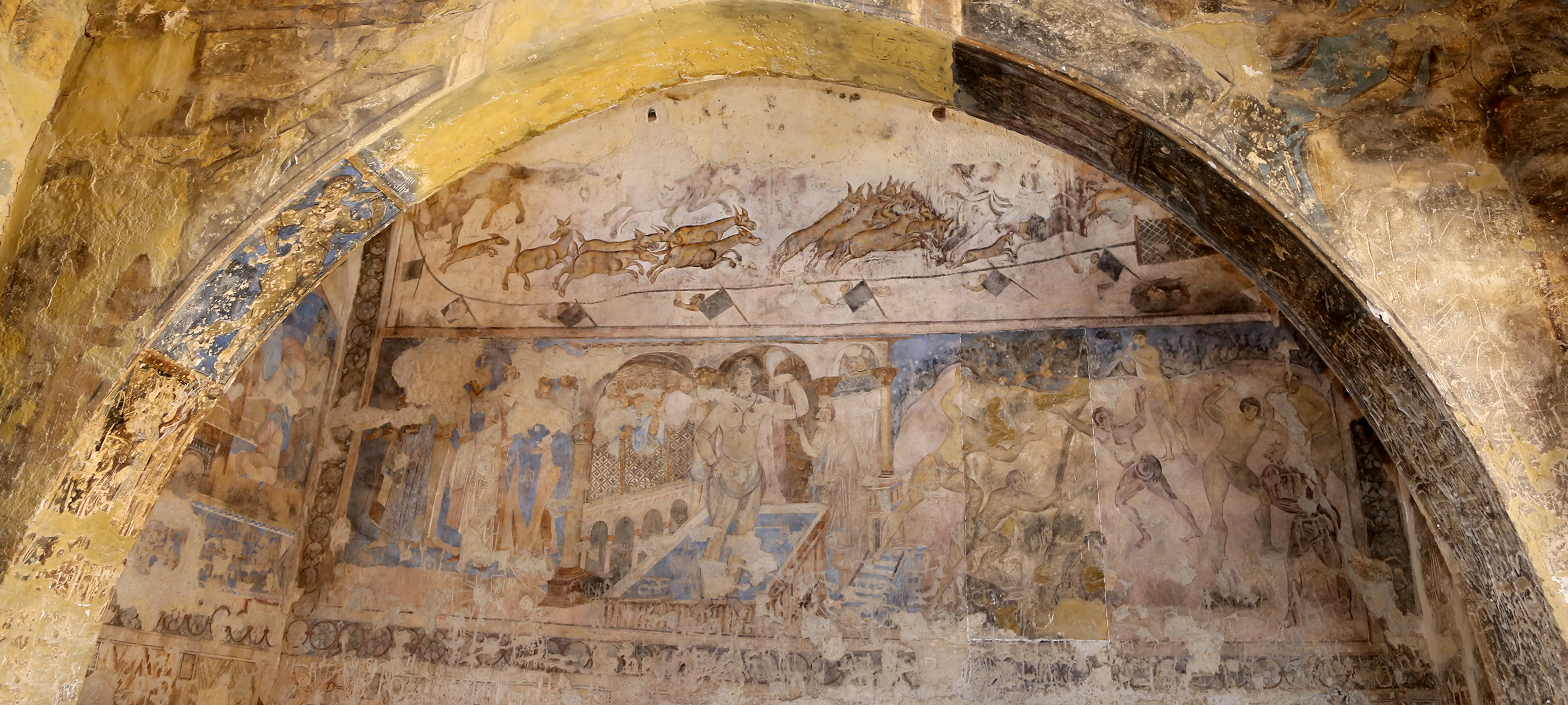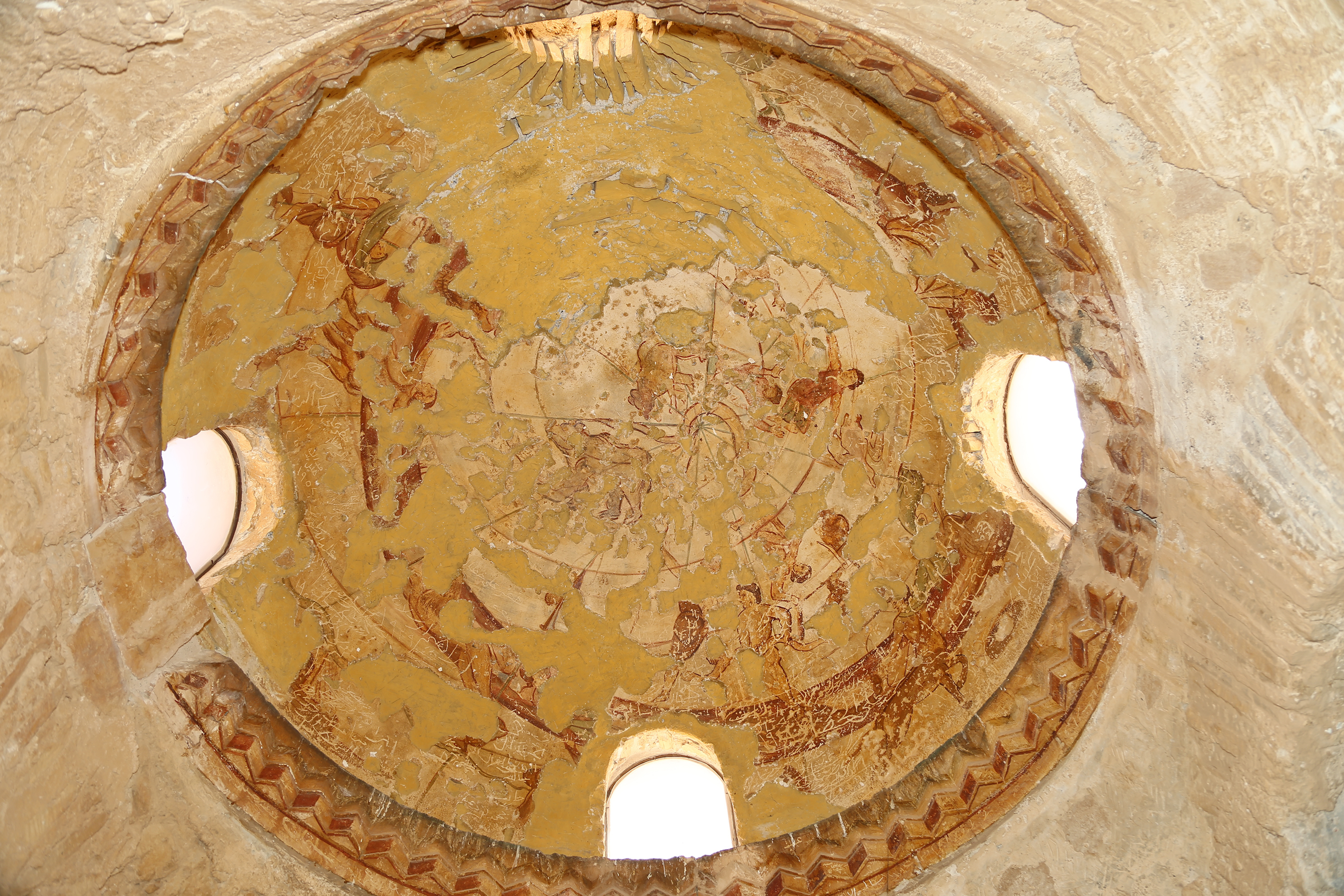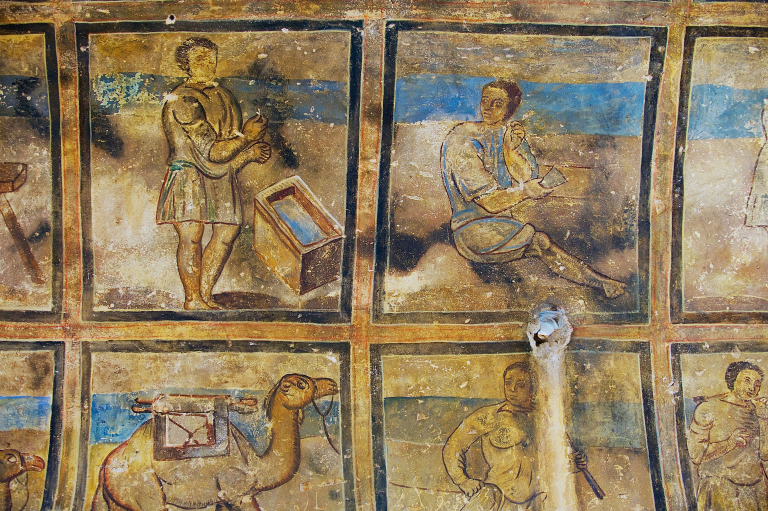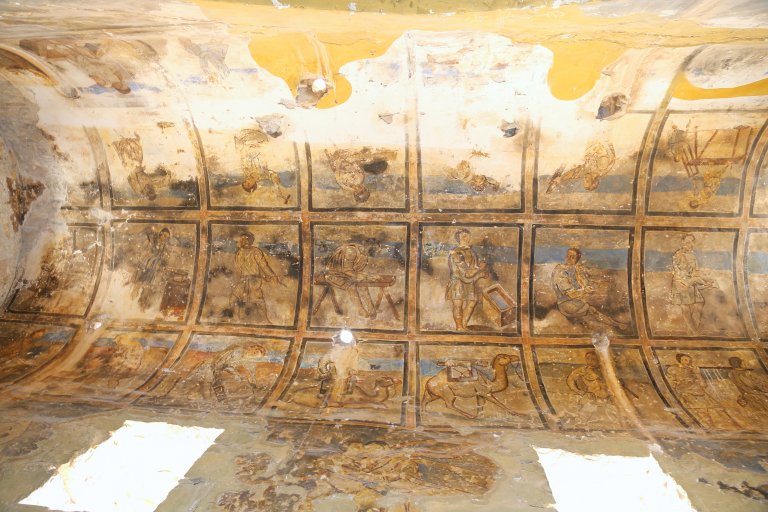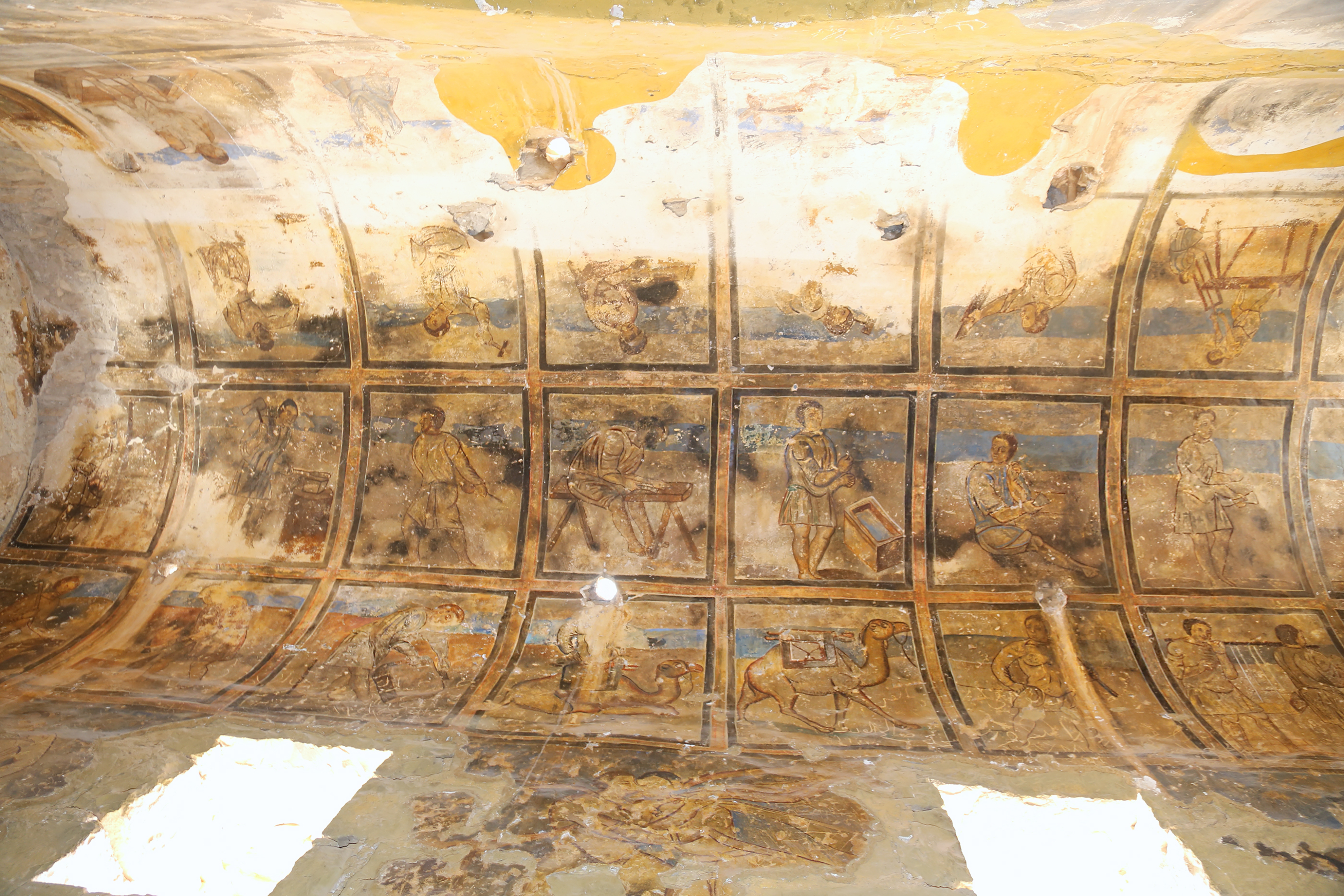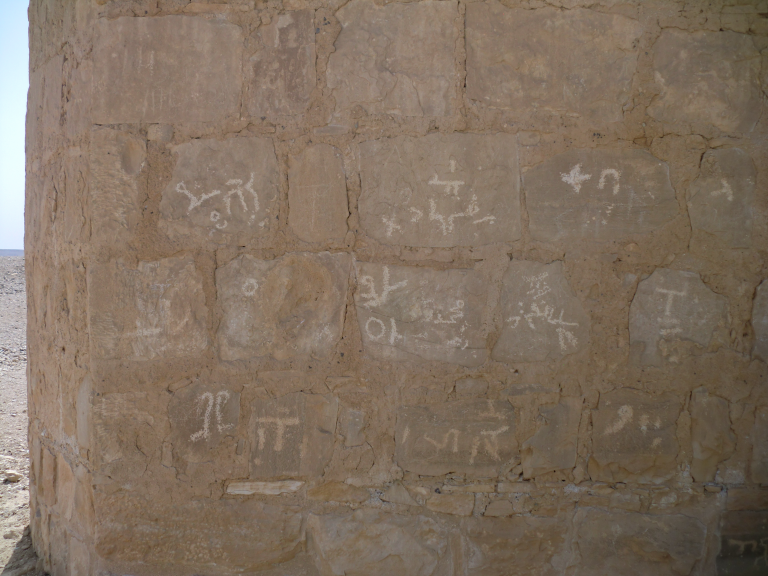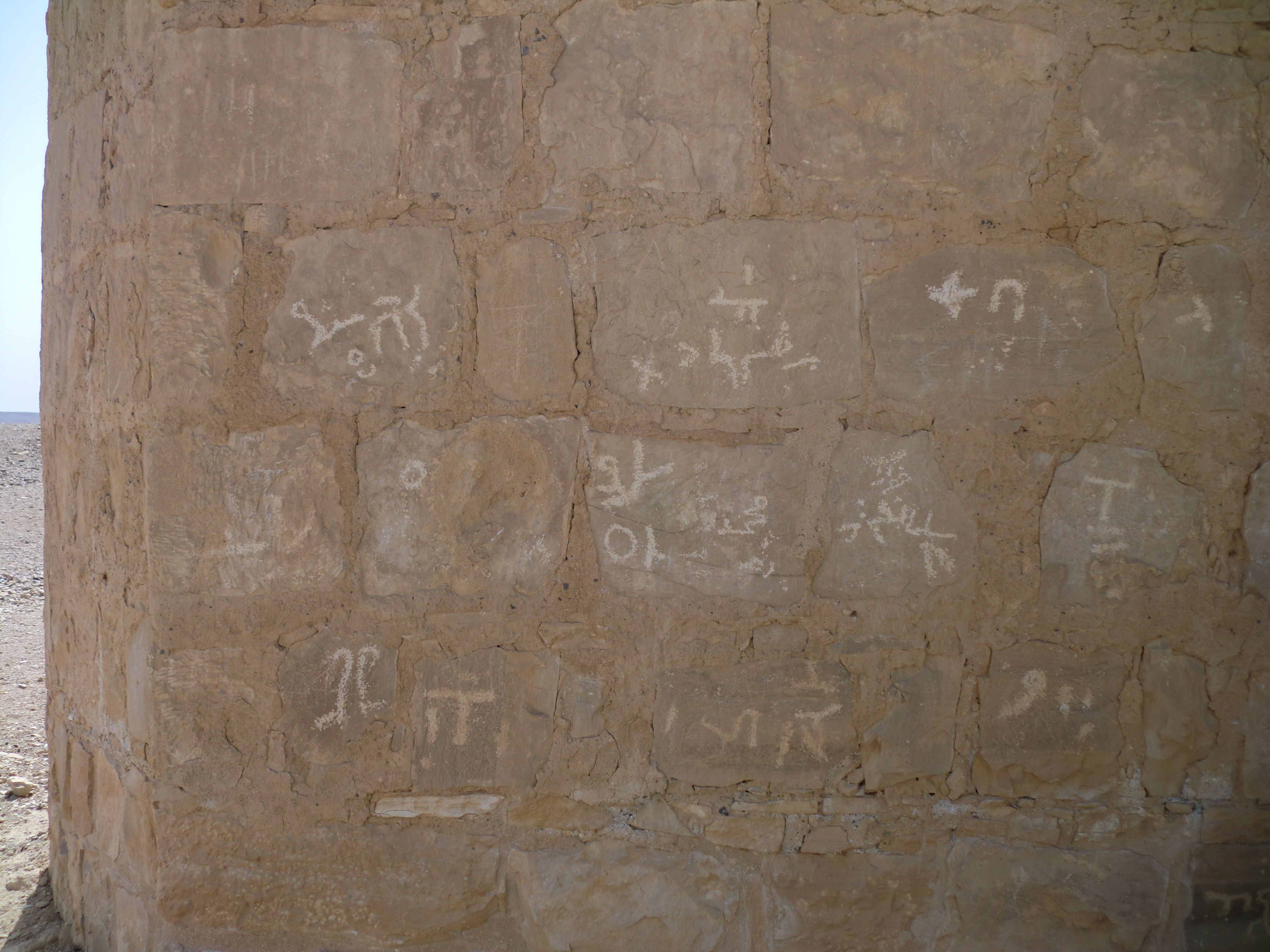Imagine seeing something that comes as a great surprise and changes your overall understanding of what is available as evidence of the past. It makes you think that your colleagues would benefit from knowing about it too. But when you present it to them in words, they refuse to believe you, saying that either you are making it up or you were mistaken in interpreting what you saw. To take you seriously, they demand visual proof, which you then provide after being disappointed by their initial reaction. What you finally bring to visual attention becomes a crucial component of the story told about Islam in modern scholarship.
The scenario I have outlined is a part of the self-narrative of Alois Musil (d. 1944), an intrepid Moravian-Czech Catholic priest who trained as an orientalist and spent many years traveling in the Arabian peninsula and neighboring regions. Musil’s vast output includes the 1898 “discovery” of Qusayr ‘Amra (now Jordan), a bathhouse with elaborate and unusual frescoes on its walls next to some ruins. I put the word discovery in quotation marks because Musil was led to the sight of the bathhouse by residents of the local desert who well knew the place and what was in it long before Musil’s arrival. The sense that something new became visible via Musil pertains only to its availability for orientalist knowledge of Islam that is now a part of the standard historical view.
Musil’s story instantiates the difference between objects as they exist, and knowledge of them, that is a constitutive part of the modern history of Islamic art. Like all art history, the field depends on the visual domain: it requires seeing materials that have been placed in museums or for which images are available that can be put in books or on the web. Objects associated with Islam were produced over many centuries, for reasons ranging between utility and luxury, without any necessary reference to what is considered art in modern contexts. To understand them as “Islamic art” is an idea that solidified in the late nineteenth century in close conjunction with the establishment of the timeline version of the Islamic past that I am attempting to rethink in this book.
Multiple hypotheses have been put forth to explain Qusayr ‘Amra’s frescoes. Rather than considering the site in the vein of art history or archaeology, I am concerned primarily with what people have thought to have seen in the frescoes. This exercise illuminates how visible forms have been correlated to chronologies to feed into the construction of the Islamic past. Qusayr ‘Amra is especially valuable because it originated in the eighth century CE and falls within the earliest material evidence we have for a society associated with Islam.


